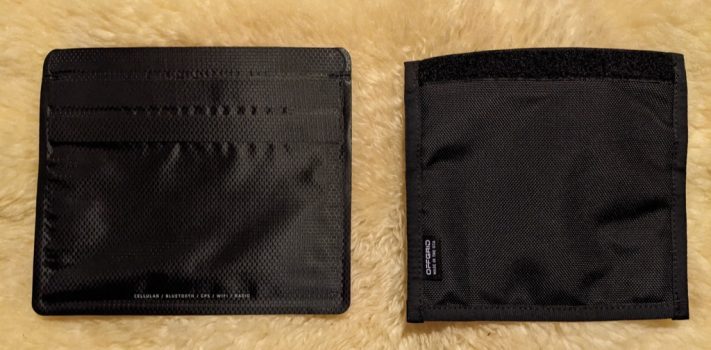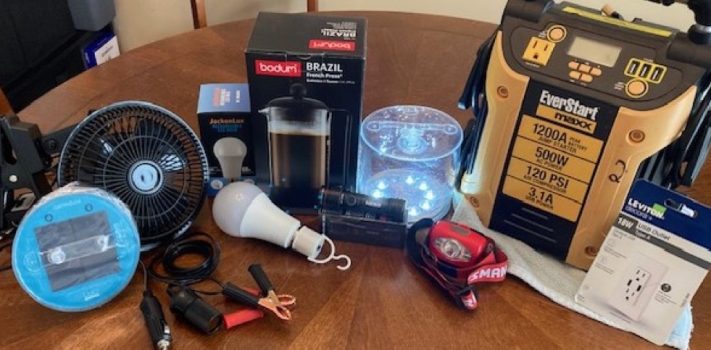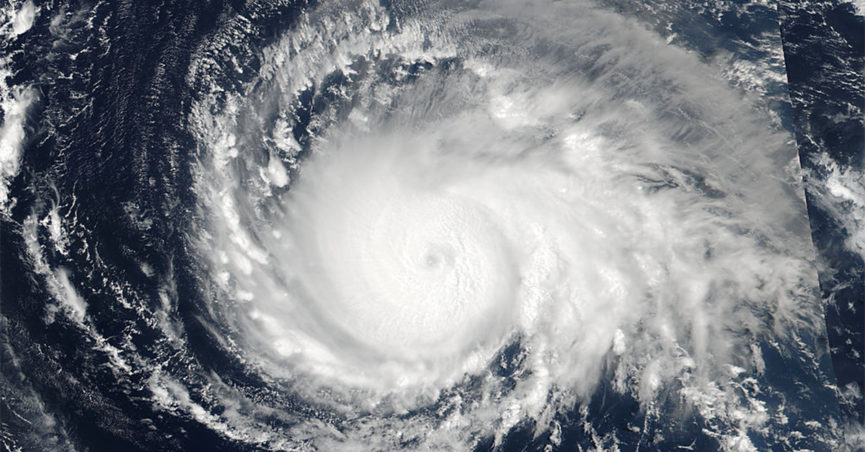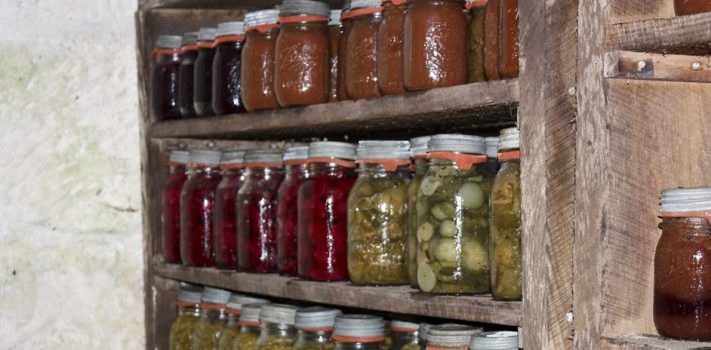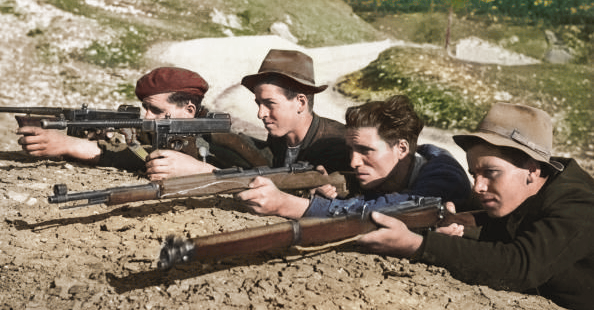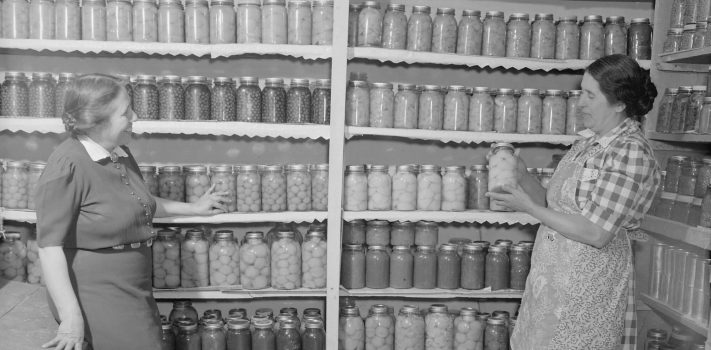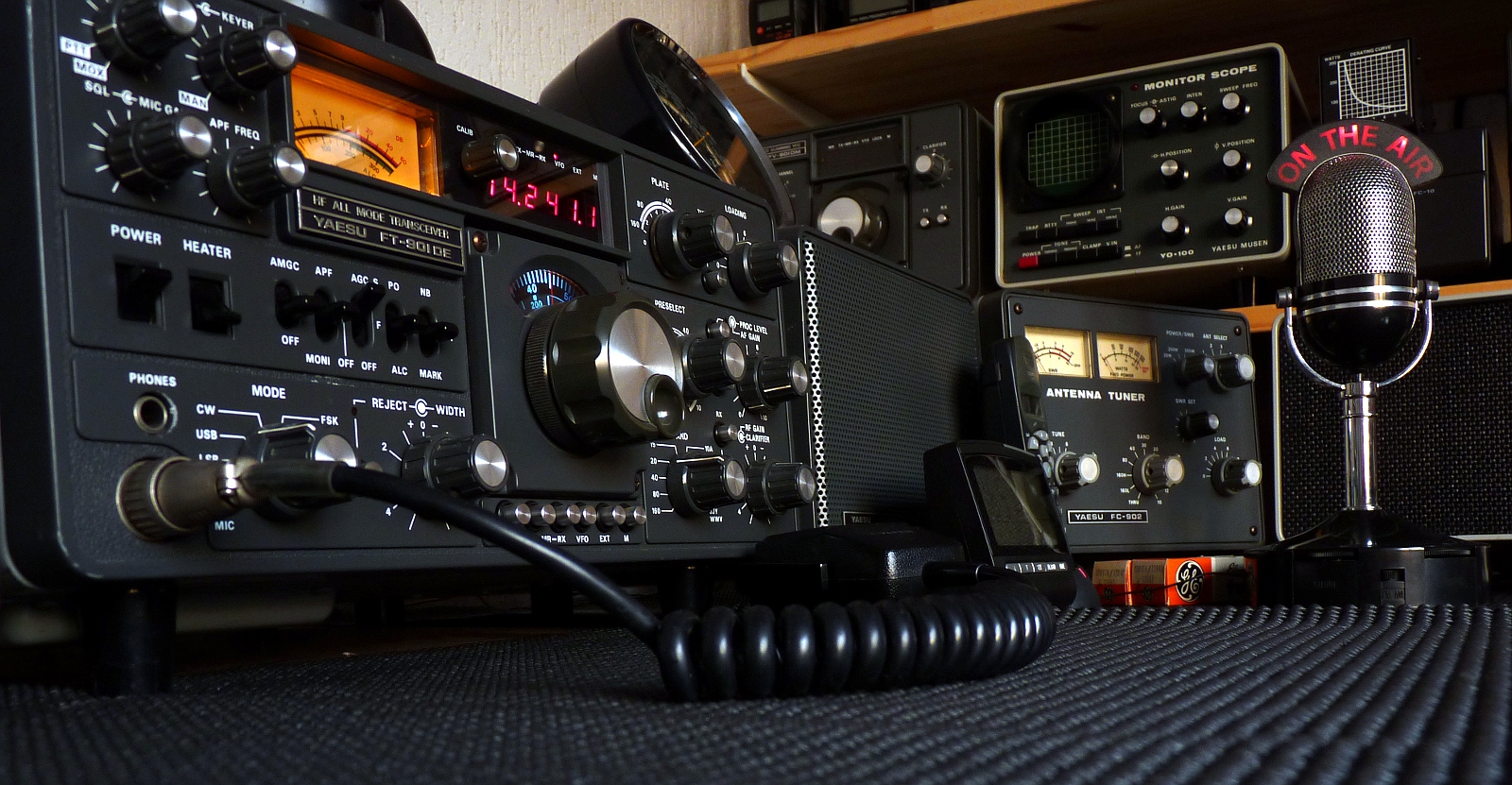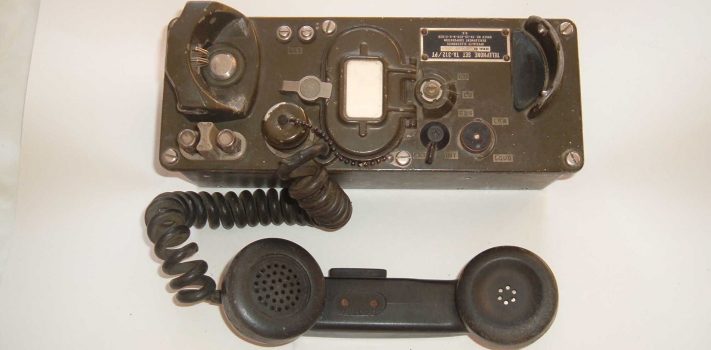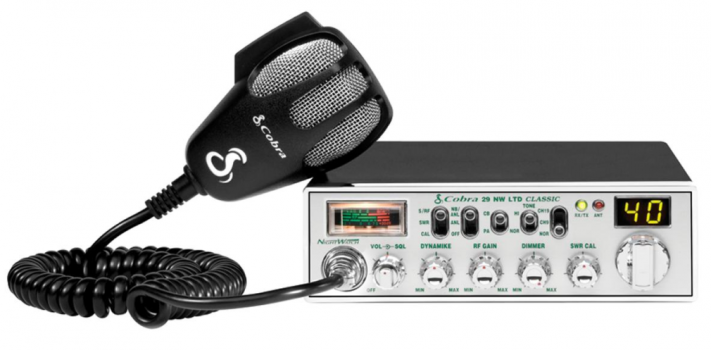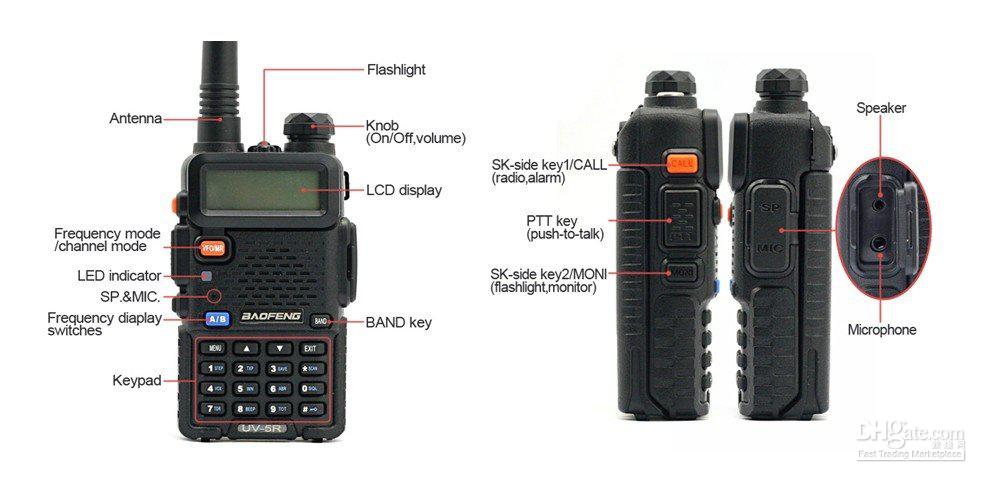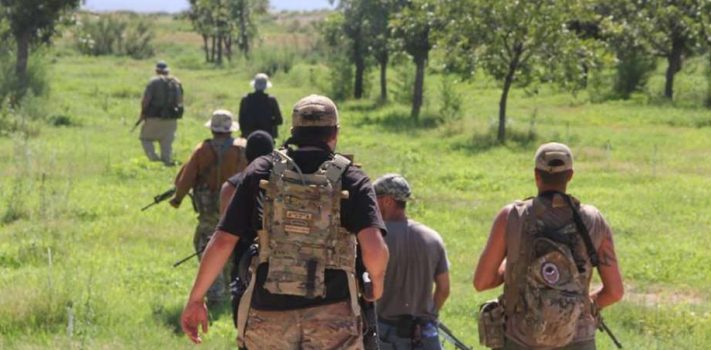OffGrid Faraday Bags, by Thomas Christianson
Faraday bags offer both privacy and protection. They protect sensitive electronic equipment from damage that might arise from EMP or Carrington-like events. They also provide privacy for equipment that can be traced or surveilled electronically. The bags block electromagnetic signals, rendering the equipment untraceable and unreadable as long as it remains encased in the bags. OffGrid Faraday Bags is a cybersecurity company that makes Faraday bags for a wide range of electronic equipment including mobile phones, tablets, notebook computers, key fobs, passports with RFID chips, and similar items. Their bags are designed for the military, law enforcement, intelligence, and personal …

